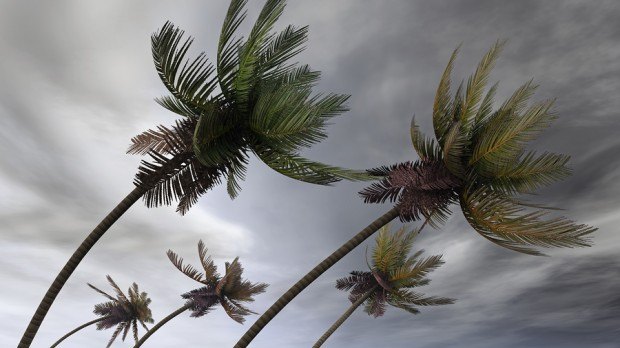A weather-changing El Niño has yet to develop in the Pacific Ocean, according to government forecasters are who maintaining a “watch” initiated in March.
The chances that the warming of the equatorial Pacific will form in the next two months are 70 percent, according to the U.S. Climate Prediction Center. The possibility one will happen by fall or early winter is 80 percent.
“We’re not barreling into an El Niño,” said Michelle L’Heureaux, a climate scientist at the center in College Park, Maryland.
El Niño can crimp the Atlantic hurricane season, bring more rain across the southern U.S. during the winter and warm some northern states. It can affect rubber, sugar, coffee and natural gas markets worldwide.
The phenomenon, which occurs every three to five years, often causes heavier rains from southern Brazil to Argentina and drier conditions across Southeast Asia and Indonesia.
In order for an El Niño to get under way, warmer-than- normal ocean temperatures have to touch off a corresponding change in the atmosphere.
“We’re still waiting for the atmosphere and the ocean to become friends,” L’Heureaux said. “The atmosphere is very standoffish at the moment.”
Earlier this month, the Australian Bureau of Meteorology also didn’t find the corresponding atmosphere change to support an El Niño declaration.
Guy Carpenter Commentary
Separately, in a blog item on Guy Carpenter’s GCCapitalIdeas.com, Research Meteorologist James Waller pointed out the uncertain impact of El Niño conditions on hurricanes.
While it is accepted that they tend to suppress hurricane development in the Atlantic basin, science reveals that this effect is strongest in the deep tropics.
Strength, placement and onset date play into the suppressing effects, he wrote, listing examples to demonstrate uncertainty.
- The 2004 hurricane season, a weak El Niño year, brought five landfalling U.S. hurricanes—four of which affected Florida.
- The 1965 season was a strong El Niño year, with four hurricanes in the Atlantic Basin, and a single landfalling U.S. Hurricane—Betsy, which has severe impacts in the Florida Keys and the Northern Gulf Coast.
- The 1992 season was a decaying El Niño year, and a quiet season with only four hurricanes in the basin. The single U.S. landfall, however, was Hurricane Andrew—one of the strongest on record.





















 Northern California Flooding This Weekend Caused by Heavy Rain, High Tides
Northern California Flooding This Weekend Caused by Heavy Rain, High Tides  Why the Middle Market Matters and How Insurers Can Capture It
Why the Middle Market Matters and How Insurers Can Capture It  Executives on the Move at Liberty Mutual, Cowbell, W. R. Berkley
Executives on the Move at Liberty Mutual, Cowbell, W. R. Berkley  Slideshow: Carrier Management’s 2025 Top Editor’s Picks (Unlocked)
Slideshow: Carrier Management’s 2025 Top Editor’s Picks (Unlocked) 





